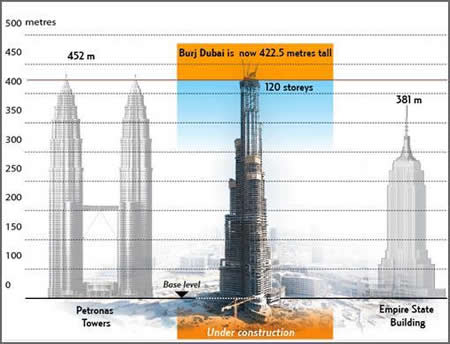Have you ever been faced with a measurement in meters, but needed it in feet? Perhaps you’re planning a trip and need to translate the distance of a hiking trail from metric to imperial units, or maybe you’re working on a project and need to convert building dimensions. Understanding how to convert meters to feet is a valuable skill, especially in a world where we often encounter both measurement systems.

Image: viewfloor.co
This article will demystify the conversion process, providing you with a clear understanding of the relationship between meters and feet, and showcasing how this conversion can be applied in various real-life scenarios. We’ll delve into the history and foundation of these units, exploring their origins and evolution. By the end, you’ll be equipped with the knowledge and tools to effortlessly convert meters to feet, empowering you to navigate both systems with confidence.
The Foundation of Measurement: Meters and Feet
The meter and the foot are fundamental units of length, each rooted in distinct historical contexts. Let’s explore their origins and evolution:
The Meter: The meter’s history traces back to the French Revolution. In 1791, the French Academy of Sciences defined the meter as one ten-millionth of the distance from the North Pole to the equator, passing through Paris. This definition aimed to establish a universal standard of measurement, independent of local customs and practices. Over time, the definition of the meter refined to rely on physical standards and later, on the speed of light.
The Foot: The foot, in contrast, has a more ancient lineage, its origins buried in the history of humanity. The foot’s length, as you can imagine, was originally based on the average length of a human foot. Across various cultures and civilizations, this unit was adopted and adapted, often with regional variations. Over time, the foot evolved, with standardizations occurring in different countries. In the United States, the foot was eventually defined as 12 inches, and this standard has remained constant through the years.
The Conversion: Meters to Feet
The conversion between meters and feet is a simple ratio:
1 meter = 3.28084 feet
This means that for every meter, there are approximately 3.28 feet. To convert any given measurement in meters to feet, simply multiply the measurement by this conversion factor.
For example, to convert 154 meters to feet, we would perform the following calculation:
154 meters x 3.28084 feet/meter = 505.24 feet
Therefore, 154 meters is approximately equal to 505.24 feet.
Real-World Applications:
The conversion from meters to feet finds application in a wide array of situations. Here are some examples:
- Travel: When planning a trip, it is common to encounter distances measured in kilometers. By converting these distances to miles (which are based on feet), you can gain a better understanding of the travel time and overall journey.
- Construction: Construction projects often involve dimensions and specifications provided in meters. Converting these measurements to feet can be crucial for working with tools, materials, and blueprints that use imperial units.
- Sports: Many sports, such as track and field, utilize different measurement systems. Being able to convert between meters and feet helps in understanding performance records, comparing athletes from different countries, and interpreting sporting events.
- Gardening: When planning a garden or landscaping project, you may need to convert measurements of plants, fencing, or other materials between meters and feet.
- Shopping: Often, products like yarn, fabric, or rope are sold in metric units. Converting these measurements to feet allows you to compare prices and ensure you are purchasing the correct amount.

Image: blogdopg.blogspot.com
Expert Insights:
Dr. Sarah Johnson, a professor of physics at a leading university, emphasizes the importance of understanding basic conversions in various fields. “Whether it’s for everyday tasks or professional applications, being able to switch between metric and imperial units is a critical skill,” she explains. “It helps us avoid miscommunication and ensure accuracy in our measurements and calculations.”
Dr. Johnson recommends using online conversion tools and calculators as well as practicing with various examples to build familiarity with the process.
David Miller, a professional carpenter, highlights the importance of conversion in his line of work. “Knowing how to convert meters to feet, and vice versa, helps me translate blueprints, plan cuts, and ensure precise results in my projects,” he says. “It’s essential for avoiding mistakes and delivering high-quality work.”
Beyond the conversion itself, Dr. Johnson points out the value of understanding the underlying concepts of measurement units. “By comprehending how meters and feet relate to each other, we develop a deeper appreciation for the different systems and gain a more comprehensive understanding of measurement in general.”
154 Meters In Feet
Conclusion:
Converting meters to feet is a straightforward yet valuable skill. Whether you’re navigating a world of mixed measurement systems or simply seeking a deeper understanding of the units we use every day, this knowledge empowers you with the ability to make informed decisions and navigate measurements with confidence.
We encourage you to explore further resources and practice converting meters to feet. This exercise can be both practical and intellectually enriching, as you delve deeper into the fascinating world of measurement and its diverse applications. Are you ready to confidently convert meters to feet in all your future endeavors?






